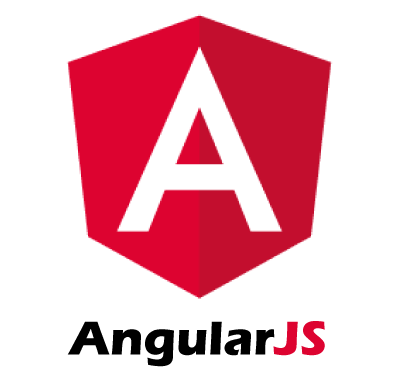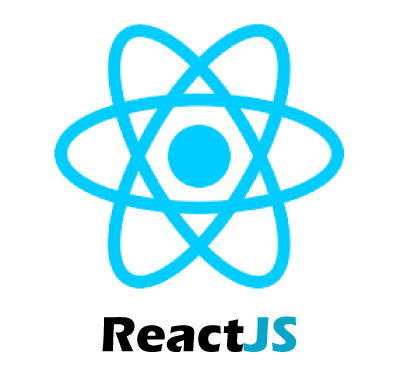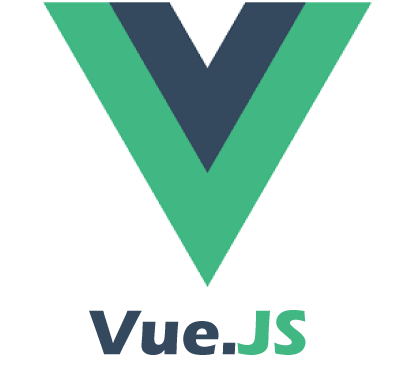Comparison between Angular, React, and Vue
Frontend technologies are trendy these days. With the evolution of business, companies, firms, it is required to have their product website. These websites must be so engaging and attractive that the client gets convinced to work with an organization. For these reasons, the frontend trend is going to be a good career in the coming field.
The basic frontend technologies used as a beginner are HTML, CSS, and JavaScript, which form the website’s base. These technologies are also used but when it comes to frameworks, the JavaScript frameworks are mostly used.
After knowing the importance of frontend, various frameworks come to mind, and it sounds difficult to which technology for working and making a career in that.
So let’s remove this confusion in this article. We will discuss each framework in detail and the differences between them.
Angular JS:

Angular is an open-source dynamic web application framework. It came in 2009 by Misko Hevery and Adam Abrons and is currently maintained by Google. It also uses HTML as a template language for extending its context and to create various application components.
Latest version: 11.2.6
Features: The features of angular are as follows:
- Create richer web applications.
- Provides an option to write the client-side application in JavaScript using MVC way.
- It automatically curbs the JavaScript code for each browser. Therefore, it is cross-compliant.
- Licensed under Apache 2.0
- Creates large-scale, high-performance applications that users widely use.
Characteristics: The characteristics of angular are as follows:
- Data-binding: The automatic synchronization between data and the elements is defined as dynamic binding.
- Scope: The objects that act as a glue between controller and view about the model is regarding model are known as scope.
- Filters: Filtering here refers to taking a small subset from an array and returning a new array.
- Directives: They are markers on DOM elements such as elements, attributes, CSS, etc., are known as directives. Directives help create custom HTML tags that serve as new, custom widgets. AngularJS has a wider range of built-in directives such as ngBind, ngModel, etc.
- Templates: These are the rendered view with information from the controller and model. These can be a single file (such as index.html) or multiple views in one page using partials.
- Routing: Switching views come under the concept of routing,
- Model View Whatever: The design pattern for dividing an application into different parts called Model, View, and Controller, each with distinct responsibilities. Angular does not implement MVC in the traditional sense but rather something closer to MVVM (Model-View-View Model).
- Deep Linking: The encoding of the application’s state in the URL to be bookmarked is known as deep linking. We can restore the application from the URL to the same state.
- Dependency Injection: The built-in subsystem that helps the developer create, understand, and easily test the applications is provided by angular having a dependency injection subsystem.
Advantages:
- Very helpful in creating single-page websites with proper maintenance and cleanliness.
- Due to its binding capacity, it gives a very rich and responsive user experience.
- It is unit-testable and provides reusable components.
- It can run on any device (laptop, phone, mobile, tablet, etc.) smoothly.
- The user views an HTML kind of website, but it every controlled by JavaScript.
- More functionality is achieved with the shortcode.
- It uses dependency injection and makes use of separation of concerns.
React JS:

React.js or React JS or simply React are the different names of this framework. It is a JavaScript library that was released in 2013 and developed by Jordan Walke. It is an open-source, front-end framework used for building UI frameworks.
Latest version: 17.0.2
Features: The react features are as follows:
- Declarative: The journey to make React solves painless UI development by being interactive. It can design simple views for each state in the application, and in the backend, react will render and update the data for the right components. The declarative feature makes our code very predictable and is easier to debug.
- Component-based: React builds the components in an encapsulated manner to manage their state and compose to make complex User interfaces. Since the component logics are written in JS, data can be passed through the app, keeping DOM’s state out.
- Learn once, write anywhere: No need to bother about any of the technology stacks; new features can be added without rewriting existing code.
Characteristics: The characteristics of React JS are:
- License: It is licensed under Facebook and documentation licensed under CC by 4.0
- JSX: It is known as a JavaScript syntax extension, and it is not necessary to use them in react but recommended.
- Components: React is fully-fledged with components. These smaller components contribute equally to a larger project and hence making debugging very easier and manageable.
- Flux and data flow: The data flow in react is unidirectional hence making a simpler data flow. The pattern used for unidirectional flow is known as flux.
Advantages:
- Easy to learn and use: Once learned, implement anywhere.
- Reusable components: It makes the development phase simpler.
- Virtual DOM: It is a JavaScript object which is efficient and faster than virtual DOM.
- JSX Fun: JSX means we can add a bit of HTML to our react, making the coding easier and adjusting shortcomings.
- Community and tools: The React JS is in the current trend, and with the advent of the framework, the community is growing day by day. For any queries, we can get help from a lot of peers.
Vue JS:

Vue JS is a progressive JavaScript framework that uses MVVM (Model view view Model) for Building interfaces and single-page applications. It was created by Evan Vu and released in February 2014. Vue JS is written in JavaScript and typescript.
Latest version: 3.0.7
Features: The features of Vue JS are as follows:
- Approachable: If you know the basics of HTML, CSS, and JavaScript, we can start building the applications in Vue.
- Versatile: It has an adoptable incremental system that incrementally scales between a library and a full-featured framework.
- Performant: It has fast DOM and minimal optimization efforts. The minimum size is 20KB and gzip size.
Characteristics: The following are the characteristics of Vue JS:
- Virtual DOM: Virtual DOM is also used by angular and react. It is good in terms of optimization, and being inexpensive, the changes are made at a faster rate.
- Data binding: The directive v-blind available in Vue helps to manipulate or assign values in HTML attributes, change the style and assign classes.
- Components: The components created in Vue can be reused in HTML.
- Event handling: The attribute v-on is added to DOM to listen to Vue events.
- Lightweight and routing: The scripts of Vue are light which makes the performance fast. Vue-router plays a major role in switching between pages.
- Watchers: These are applied to the data being changed because it provides the feature to make changes without any additional events, making coding easier.
- Computed properties: Without any additional coding, we can listen to the UI elements’ changes and perform necessary calculations.
Advantages:
- Simplicity: Because of the single file components, the Vue JS is easy to learn.
- Integrate: Vue can be integrated with React frameworks; thus, merging any project becomes easier.
- Customization: It’s all functions are readily accessible. Every segment has separate functions, and each function can be named by any name the developer likes. Hence improving the readability.
- Support and documentation: The support team of Vue JS is amazing as it answers most of the Vue developers’ queries. The documentation is such straight and simple even a beginner with basic HTML, CSS, and JavaScript knowledge can begin with.
Differences between Angular, React, and Vue
| Characteristic | Angular | React | Vue |
|---|---|---|---|
| Initial release | 2010 | 2013 | 2014 |
| Official site | angular.io | reactjs.org | vuejs.org |
| Current version | 11 | 17.x | 3.0.x |
| Used by | Google, Wix | Facebook, Uber | Alibaba, Gitlab |
| Watchers | 3.2k | 6.7k | 6.3k |
| Github stars | 70.9k | 164k | 200.8k |
| Github Forks | 18.6k | 32.9k | 31.7k |
| Github Contributors | 1352 | 1533 | 382 |
